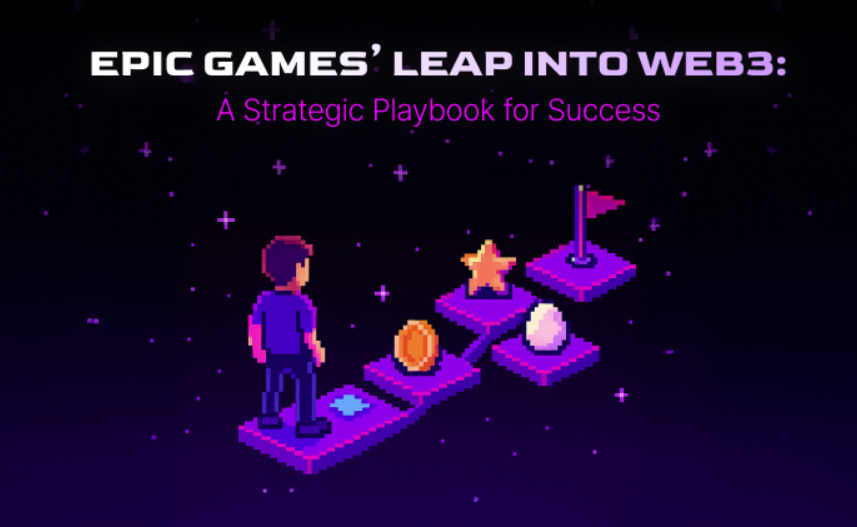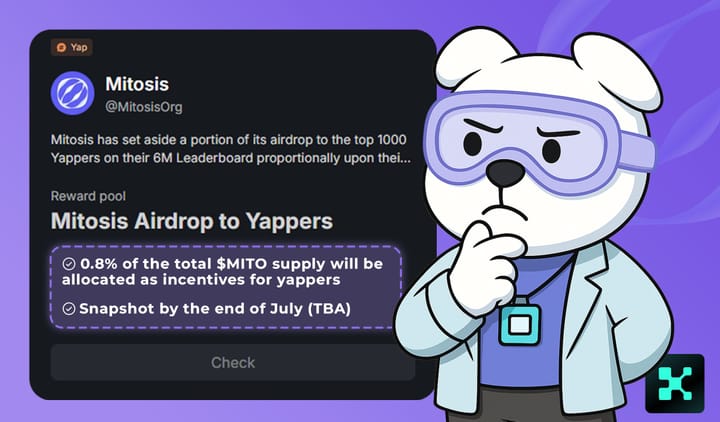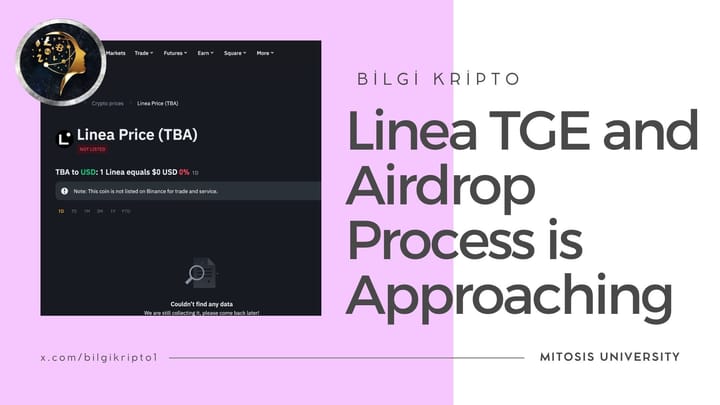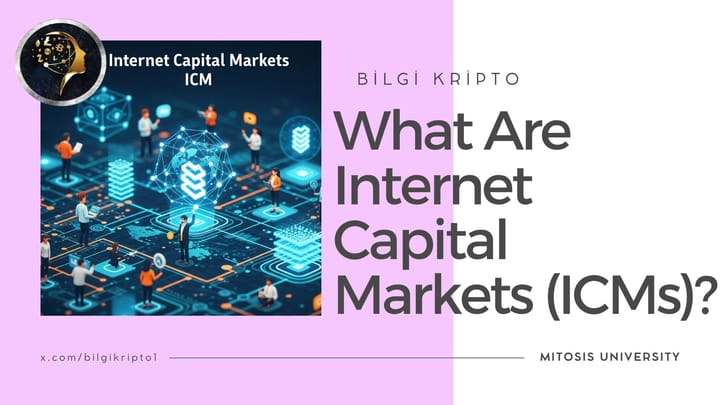AAA Meets DeFi: How Epic Games’ Web3 SDK Push Shapes the Future And What It Means for Mitosis

Introduction
Epic Games has taken a significant leap into Web3 by investing in a blockchain gaming studio and introducing an interoperable asset SDK for Unreal Engine-a move designed to support cross-title NFT economies.
This article discusses how Mitosis's GameFi dApps (MikadoHUB, YieldKingZ) can leverage similar SDK tools, Unreal integration, and modular liquidity approaches to build real-world blockchain-native experiences.
What Epic Games Is Doing
- Funding Web3 Studio: Epic Games recently invested in a Web3 gaming studio as part of its move to bring blockchain features like cross-game NFTs and digital ownership into mainstream titles .
- NFT SDK Launch: They've released a Web3-compatible SDK for Unreal Engine, enabling developers to build interoperable asset economies across games via persistent NFT inventories and user accounts .
This approach mirrors past cross-game branding in Fortnite but with decentralized, player-owned digital assets.
Why This Matters for Web3
Epic is positioning itself as a set of foundational rails for interoperable digital ownership:
- True Ownership: Players can use the same NFT in multiple games.
- Creator-Friendly: Syndicates of creator-run studios can more easily integrate Web3 assets.
- Modular Ecosystem Design: Unlocks a multiverse of connected experiences in Unreal-powered titles.
Parallels to Mitosis GameFi Ecosystem
| Feature | Epic Games Web3 SDK | Mitosis Ecosystem |
|---|---|---|
| Cross-game NFT assets | Unreal SDK for interoperability | MikadoHUB raffles & NFT games |
| Developer-friendly tools | SDK built into Unreal | YieldKingZ plugins & vault SDKs |
| Community-as-builder model | Support for dev studios | Morse DAO-sponsored bounties |
| Modular monetization | Shared asset economies | Inter-dApp staking & clubs |
How Mitosis Can Capitalize
- YieldKingZ Unreal Integration
- Integrate Mitosis yield mechanics into Unreal-built Web3 games.
- Offer SDK modules to Unreal developers to deploy vaults or staking directly inside their maps.
- MikadoHUB Mini-Games on Unreal
- Enable onchain minigames that plug into Unreal via Epic’s SDK.
- Provide NFT rewards that work in both browser and native game contexts.
- Builder-Focused Morse Grants
- Morse DAO can fund Unreal dev hackathons or build-your-own-module challenges.
- Scholarships or reward pools for early adopters integrating Mitosis assets.
- Cross-Platform NFT Launchpads
- Combine Epic-Unreal assets with Mitosis wallet plugins to offer yield + in-game utility.
- Eg: Hold a Mikado NFT to earn yield in YieldKingZ and unlock Unreal skins.
Strategic Takeaways
- Bridge Tech & UX: Connect Mitosis’s dApps with AAA tooling to reduce friction for game studios.
- Developer Incentives: Morse DAO grants tied to Unreal integration can catalyze GameFi adoption.
- Composable Assets: Unreal SDKs + Mitosis assets enable persistent, cross-platform economies.
Conclusion
Epic Games’ funding and Web3 SDK moves signal a major shift-AAA game engines are embracing blockchain-native asset economies.
Mitosis is perfectly positioned to ride this wave: with modular governance, yield-bearing NFTs, and DAO incentives, the ecosystem can become the middleware that bridges wallet, yield, and game worlds.
By building Unreal-friendly modules and promoting builder-driven adoption via Morse DAO, Mitosis could lead the next wave of interoperable GameFi.



Comments ()